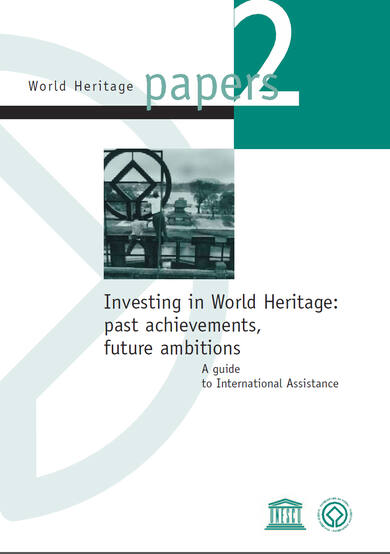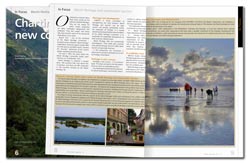International Assistance for World Heritage - credibility, conservation, and capacity-building As the World Heritage Convention celebrates its 30th Anniversary, it is more than appropriate to focus on a major element for its implementation: the International Assistance granted under the World Heritage Fund. Indeed, for the past twenty-five years, this Fund has provided States Parties with strategic support in undertaking the mission pursued by the World Heritage Committee.
While the number of States Parties reached 175 in 2002, the World Heritage Fund based on a contribution equal to one percent of the Member States’ contribution to UNESCO remained stable, averaging USD 4 million per year. The Fund as it stands today is insufficient to respond to the protection of the World Heritage. Indeed, the number of International Assistance requests has followed the increase in the number of sites inscribed, which went from 300 sites in the end of the 1980’s to 730 sites at present.
The resources under the World Heritage Fund are too limited to assist the growing number of both States Parties and sites. Coping with the ever-increasing demand for training, interventions, preparation of management and conservation plans is the challenge faced by the Fund in the decades to come. Yet, in spite of these limitations and constraints, during its 25 years of existence, the World Heritage Fund has played a significant role in fostering conservation of World Heritage sites. First, it has been a regular, steady and long-term contribution to the implementation of the World Heritage Convention.
Secondly, it has targeted interventions that are crucial but usually less favoured by private and public donations. Indeed, activities such as sector studies, feasibility reports and project preparation are less attractive for private donors, which prefer visible, on-site operational activities. Thirdly, the Fund has supported a unique and fundamental activity, the monitoring of the state of conservation of World Heritage sites.
This report intends to give an account of the range of activities undertaken with International Assistance, and to evaluate its achievements:
- contributing in the establishment of a worldwide network of professionals;
- enhancing the capacity for generating resources for conservation activities;
- strengthening conservation and management of sites, and especially the endangered ones
- creating an effective global monitoring system of World Heritage sites.
While valuing the impact of the World Heritage Fund and acknowledging the range of actions it has supported- from sensitisation to restoration, from training to emergency actions, from punctual to long-term actions - this Paper calls for increased and innovative assistance. Based on international co-operation, the World Heritage Partnership Initiative, favourably welcomed by the World Heritage Committee and launched on the occasion the 30th Anniversary, will be an essential tool to cope with the growing needs and challenges before us.
Table of Contents
- Preface
- The World Heritage Convention, 30 years on
- International Assistance: the case for collective protection
- Responding to a scope of needs
- Trends over time
- Assistance in action
- New directions - strategic orientations
- Annex: International Assistance requests approved in 2000
- Annex: International Assistance requests approved in 2001







